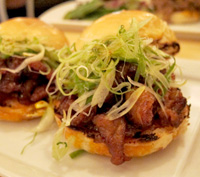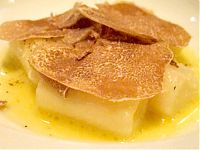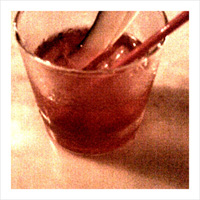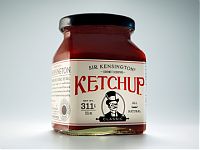Discovering Mexican Wine
by Everett Hutt
December 20, 2007
I recently returned from a wonderful two-week vacation in Mexico. It was my first time there as a tourist, and I thoroughly enjoyed discovering the diversity of the country from the hustle of Mexico City to the vibrant traditions of Chiapas and the ancient cultures of the Mayas in the Yucatán. One of the most enjoyable parts of the trip was the food and drink.
From dishes traditionally associated with Mexico (burritos, fajitas, empanadas), to more regional dishes we sampled (cochinita pibil, relleno negro, poc-chuc), everything was as good as I had hoped. I also enjoyed the variety of Mexican beers, from the ubiquitous Corona to lesser-known brands such as Modelo Especial, Pacifico and Superior to name just a few. The real surprise, however, was the discovery that Mexico produces wine — and that some of it is quite good.
I should warn you that I make no pretenses to have tasted the full gamut of Mexican wines. Indeed, a Mexican friend who imports French wines into Mexico warned me that the best wines — which are usually produced in low volumes — are not available in ordinary restaurants. They are snapped up by top restaurants and collectors. That said, this review will offer the normal tourist a reasonable guide to what is found on most restaurant menus. Note that all prices are in US dollars and reflect the price I paid in the restaurant.
In all, I tasted only eight different wines: one sparkling, two whites and five reds. The rest of the time, I was drinking beer or Chilean and Argentine wines. Half the wines I tasted were from producer Pedro Domecq, part of the Pernod Ricard wines and spirits group. Though good distribution has clearly helped Pedro Domecq, the wines are in fact reliable. Domecq’s 2006 XA Blanc de Blancs made from Chenin Blanc, Chardonnay and Riesling was the “value” find of the trip. It was slightly buttery on the palate with hints of apricot and honey. The finish had just enough acidity so that it wasn’t cloying. Widely available, it only costs $18 in most restaurants, and it is often available in a half bottle (for a little less than half the price).
The reds from Pedro Domecq run the gamut. The 2003 XA Cabernet Sauvignon is like the dozens of average Cabs you see from Chile. Medium bodied, it has flavors of lush ripe red berries with soft tannins. In all, it is a flabby but very drinkable wine for only $20. Moving up the quality scale is the 2003 Chateau Domecq Cosecha Seleccionada. This wine is round and supple with flavors of wild berries. Made from a blend of Cabernet Sauvignon, Merlot and Niebbelo, it is a better deal at $23; I only saw it twice on the wine lists however. In what I tasted from Pedro Domecq, the 2005 Reserva Real was by far the best. Made from Merlot and Petit Syrah, the wine has a burnt cherry taste with firm tannins. We definitely drank this one too young, but, at $26 a bottle, it did not hurt the pocketbook.
The other producer prevalent on wine lists is L.A. Cetto. I tasted at least two of their wines and both were disappointing. The 2005 Fumé Blanc was completely flat, with no freshness at all. At $24 this was a heavy price to pay. The 2005 Cabernet Sauvignon, at $15 a bottle, was at least cheaper, but the wine was just awful. It reminded me of all the really bad wines I used to drink when I did not know any better and could not afford any better, even if I did.
The star of the trip was from producer Monte Xanic. The 2002 Merlot was a perfect expression of what Merlot can be: full of flavors of lush, overripe cherries, and smooth as silk tannins. It was perhaps a bit past its prime, but it was the wine of the trip, with a $65 price tag to show for it. It was the only wine I tasted that showcased the caliber of high-end Mexican wines.
Finally, the bottle of sparkling wine we purchased to toast the end of a successful trip fell flat. The Vino Blanco Espumoso Brut from Champbrule ($12) is a mix of Chardonnay and French Colombard. It tasted like the worst of both. My notes literally read “bland creamy white with bubbles forced through it.” Celebrate with some Chilean sparkling instead, or better yet just splurge on French champagne.
So if you are off to Mexico for vacation, my advice is to choose your local wine carefully because there are indeed good ones to be had. For higher quality wines, you will need to head to a top restaurant and pay the price, if the Monte Xanic is indicative. In the mainstream, Pedro Domecq is widely available and offers, on the whole, good value for the money. Nevertheless, if you find yourself at a simple home-style joint without good wine options, the varied local beers make perfect chasers. I look forward to exploring more Mexican wines when they are widely available on the export market or on future trips to Mexico. I know now I’ve only scratched the surface.




















